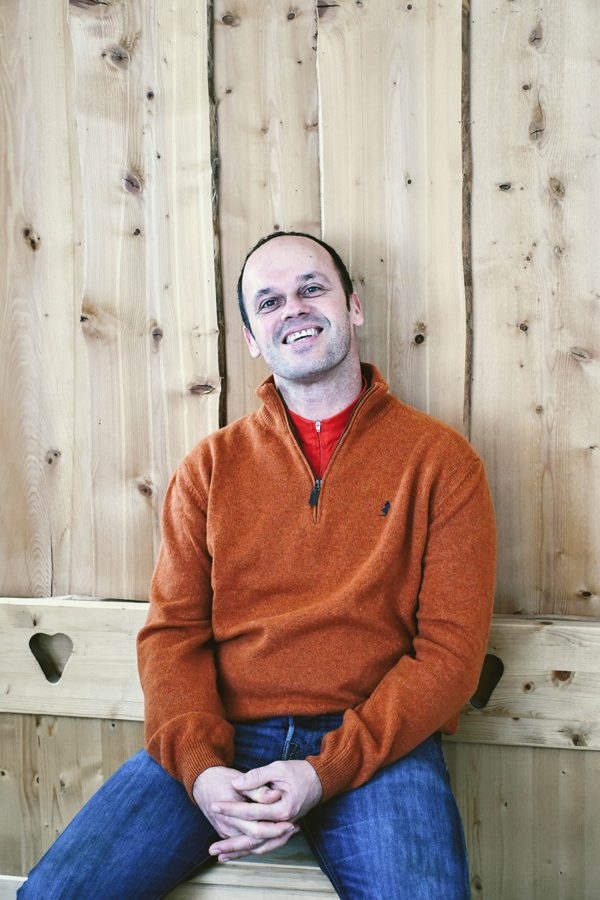I trained as a nuclear energy engineer in Belgium and in the UK, and I spent one year working at the Los Alamos National Laboratory in the USA. I joined the ESRF in 1993, initially to work on magnets and mechanics in the Accelerator Division. For the past 17 years, I have worked as a mechanical engineer, and today I lead a team of 10 engineers. I design and maintain scientific equipment for the beamlines and accelerators and assist imaging experiments at the ESRF. When I heard of the project to build a tomography beamline at SESAME in Jordan, I was curious and volunteered to join the team. Today, I am part of WP4 working on the global layout of the beamline, and later on on the detailed drawings and technical specifications for the beamline. Later, I hope to participate in the installation and commissioning of this equipment. I love working with others as part of a group, discussing, debating and interacting on the project and the BEATS project is a great example of teamwork. It is very interesting to see how colleagues from outside the ESRF approach a technical problem, and I have discovered other ways of working. I love the symbiosis between technology and human values and the capacity to see the bigger picture. There is a true collaborative spirit among the team members and it turns out we have a high level of complementarity between us, even though our backgrounds are different and we had no contact before starting the project. I had the opportunity to visit SESAME in 2019 and I was very impressed how, with a minimal number of staff, they can run the facility thanks to highly skilled and motivated people.
 All photos: ESRF/BEATS Kirstin Colvin
All photos: ESRF/BEATS Kirstin Colvin
Pierre Van Vaerenbergh obtained an engineering degree in Brussels and completed his Master’s in Salford in the UK. He joined the ESRF in 1993 in the Insertion Devices group before taking a one-year sabbatical in Los Alamos National Laboratory in the USA, working on the refurbishment of the LANSCE accelerator. He integrated the Mechanical Engineering group of the ESRF on his return in 2003.
